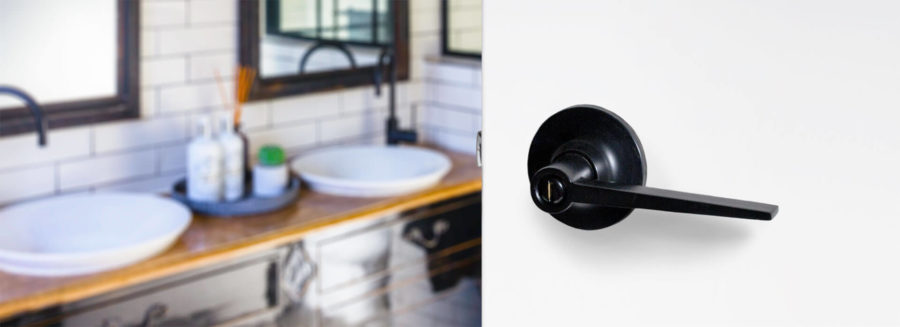
Care & Maintenance
The following guidelines are our suggestions to maintain your purchase and maximise the life of your product. Maintenance for all products needs to be done on a regular basis and as such we suggest you inspect and clean/ lubricate routinely – at the very least on an annual basis.
Dependant on the location of the product we advise a more frequent program be adopted, particularly if it is in a marine or other corrosive environment or in an area that is subject to atmospheric fallout. The door (for example) should be inspected regularly to ensure that it is still in good working order. Such things as worn hinges, distorted frames and doors will put additional load on other products and as such reduce their lifespan.
Salt deposits, dirt and residue are what normally cause damage to the product’s surfaces and operating mechanism. In the case of locks the cylinder barrel must be regularly lubricated with graphite or a similar lubricant.
Although by no means exhaustive we suggest that as a minimum the following cleaning process is performed regularly:
- The cleaning of any surface such as racking, door furniture and other hardware should be done with a dilute solution of a mild liquid detergent in warm water. We advise that luke warm rather than very hot water is better.
- A sponge or a soft bristle brush is recommended please do not use abrasive tools. Once you have cleaned the surface be sure to rinse thoroughly with fresh water.
- In order to minimise any damage to a products surface be careful NOT to use any strong solvent type cleaners.
- If it is necessary to remove materials from the surface (such as adhesives and a solvent is necessary) the weakest possible solvent should be used. Although there are probably other solvents suitable we suggest you use methylated spirits, white spirits or Isopropanol. If you have to use a solvent please minimise the contact time as much as possible and then thoroughly rinse from the surface.
- If a stubborn ‘mark’ requires more aggressive cleaning then please limit to a very mild abrasive such as a high quality automotive cream polish and ensure it is used in accordance with the manufacturer’s instructions.
- Under no circumstances should strongly abrasive compounds such as cutting compounds be used as they will damage the surface of most products.
- In country areas the use of bore water for cleaning is not recommended due to its mineral content, as it can bring about staining of the coating and may instigate long term coating failure, we suggest you purchase a bottle of distilled water.
- Ensure cleaning fluids do not penetrate into the lock or cylinder and under no circumstances use RP7 or WD40 as a lubricant. Cylinders should be lubricated at least once a year or when there are signs of roughness when inserting or retracting the key. Remove any dirt, grime and salt deposits on and around the end of the cylinder barrel, and apply a small amount of powdered graphite to the key blade and insert the key into the lock barrel to maintain a smooth action. Locksmiths and most Hardware stores will stock a suitable Graphite or lubricant. Exposed mechanisms, gate fittings, door knockers and other hardware as well as parts should be cleaned with a non-metallic brush. Apply a small amount of preferably Teflon based lubricant or alternatively a very mild sewing machine 5W mineral oil to lubricate moving parts and prevent corrosion of exposed metal surfaces. Do not apply an excessive amount of lubrication as it can and most likely will have a detrimental effect of adhering dust to these surfaces, potentially reducing their lifespan.